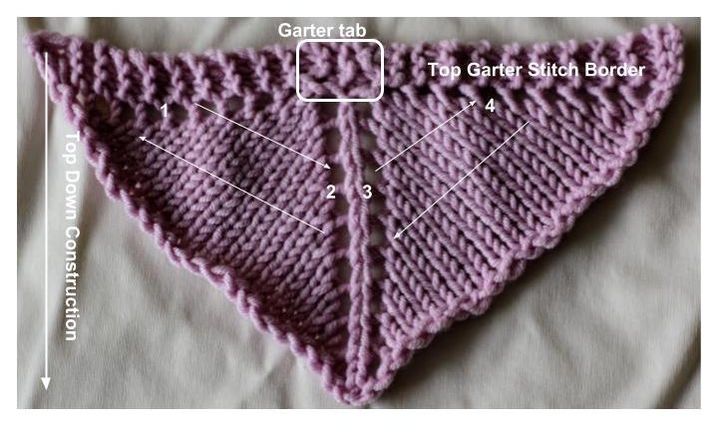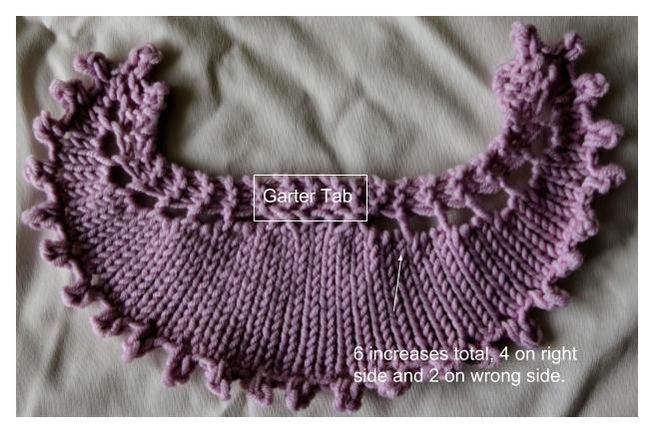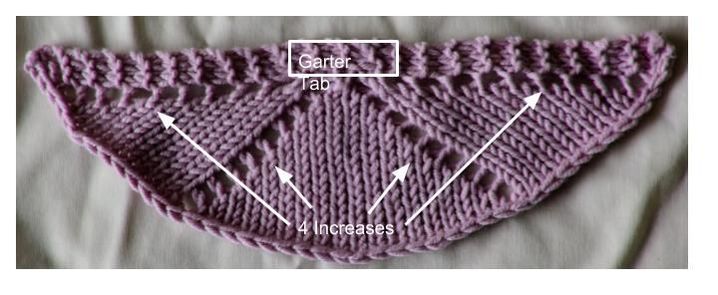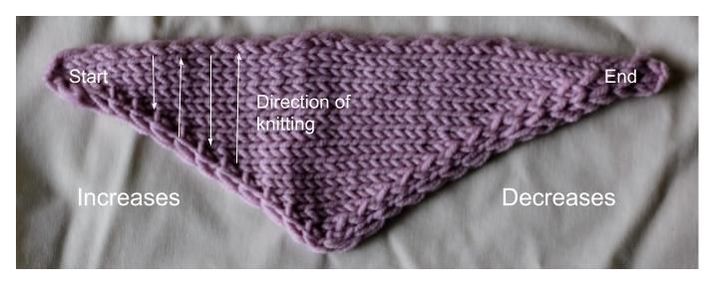First off, the Round Mountain has a super clever way of classifying their colourways; there are ornithology, entomology and botany collections. All of them are spectacular and hand dyed in Vermont. I particularly love the Atlantic Puffin colourway, along with Cecropia Caterpillar and Wild Mustard. All of the colourways come in your choice of 50g or 100g skeins in either fingering or worsted weight so you can pick your poison. Just a heads up, the international site is still priced in USD. The website also has kits and some pretty amazing patterns. Not to mention their Drunk Yarn dyeing kits. You seriously need to take a look. Go on now, I'll wait right here.
You're back. They are delightful aren't they? I opted to use the fingering weight 100% merino in the Succulents colourway that was sent our way to make my first (but not my last) pair of Rose City Rollers. I did opt to use a contrasting colour with nylon in in it for my heels and toes. The merino has a good twist to it so I felt comfortable enough using it for socks, but I do like to have a little bit of extra strength in the areas that will see more abrasion. I found that the yarn was rougher on my hands than I'm used to while I was working with it. That being said I think it's softened since blocking and wearing. I've been wearing my socks for about two weeks and they're holding up well. They're comfortable and haven't lost their shape despite multiple wearings between washings.
Final thoughts, I think Round Mountain Fibers is definitely worth checking out. Monica is friendly and efficient to work with. The colourways are, frankly, spectacular and unique, and did you see the mini skein collections? Besides, if you've been working hard on your #committoknit2018 you're going to need to replenish your stash, right? You can get your stash enhancement on for 50% off right now with the coupon code 'ocanada' at check out. SWEET!
Keep knitting relentlessly,
Emily





 RSS Feed
RSS Feed
